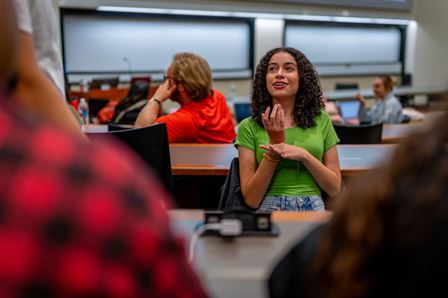What does it mean to be Latinx? Is it rooted in genetics, the way one is raised, how they dance or the food they eat at home?
The identity of Latinx comes with additional sub-identities that impact daily life. One of these sub-identities involves being subjugated to specific beauty standards, where having straight hair means being more beautiful. Instead of championing one’s natural hair, they are encouraged to treat it so it makes them more attractive to others. Another example of these sub-identities is enjoying food that may not be common in other households. A food that is normal for one may be rare or even unheard of in another. In this way, being Latinx also may mean being the receiver of rude comments about food. In both examples, there are instances where people are ostracized for certain aspects of their identity, so much so that they feel ashamed for something that is normal within their household.
The arrival of Hispanic Heritage Month has sparked a fascinating conversation surrounding the Latinx identity and how these sub-identities and other components of the Latinx identity shape one’s expression of it. During their General Miembro (Member) Meeting, the Latin American Student Organization (LASO) of Montclair State University discussed how their identity has affected them in both positive and negative ways.
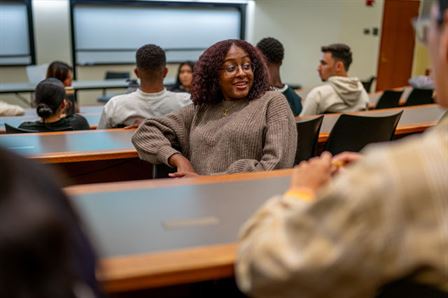
Pamela Garcia, L.A.S.O. treasurer, speaks to a group of members about growing up within the Latinx community.
Karsten Englander | The Montclarion
As part of the meeting, members were divided into groups to discuss various prompts pertaining to identity. Throughout these discussions, students had the opportunity to share their struggles and how they address these struggles moving forward. Others had the opportunity to share the ways in which they felt empowered, like reclaiming parts of their identity in a positive manner.
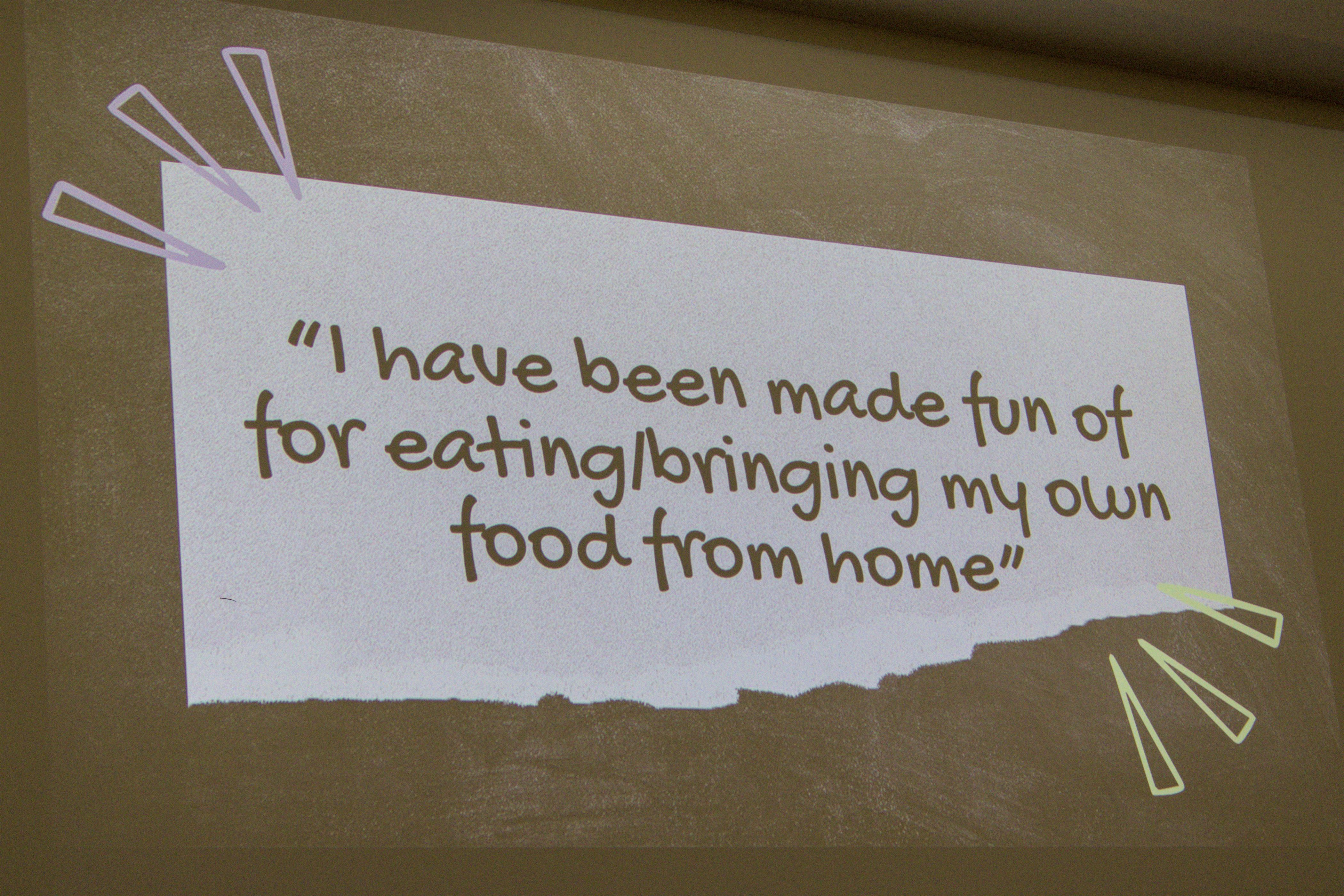
LASO provided prompts for students to discuss. Topics ranged from homemade food to hair. Allen Macaraeg | The Montclarion Photo credit: Allen Macaraeg
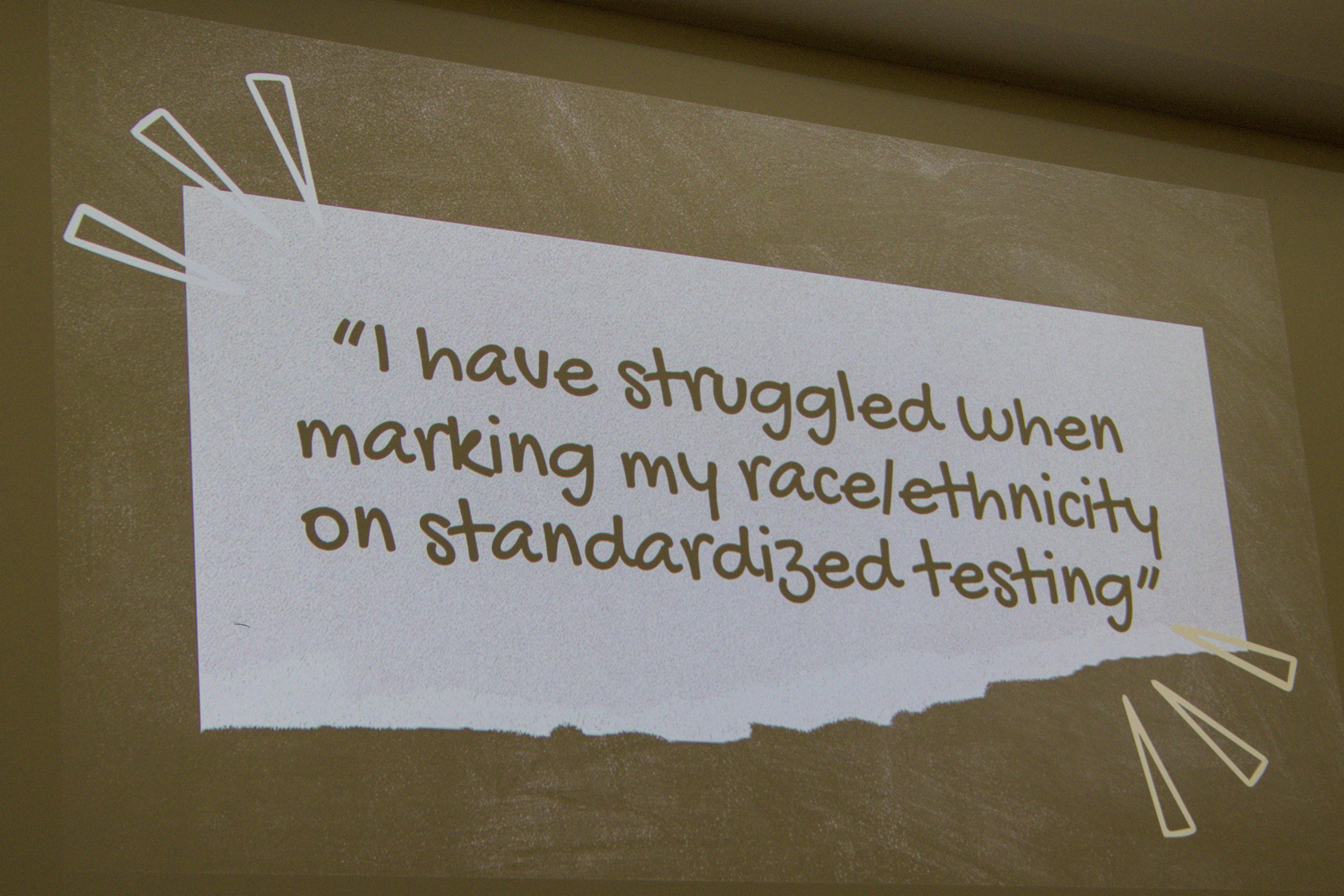
One prompt emphasized the impact of standardized testing on identity.
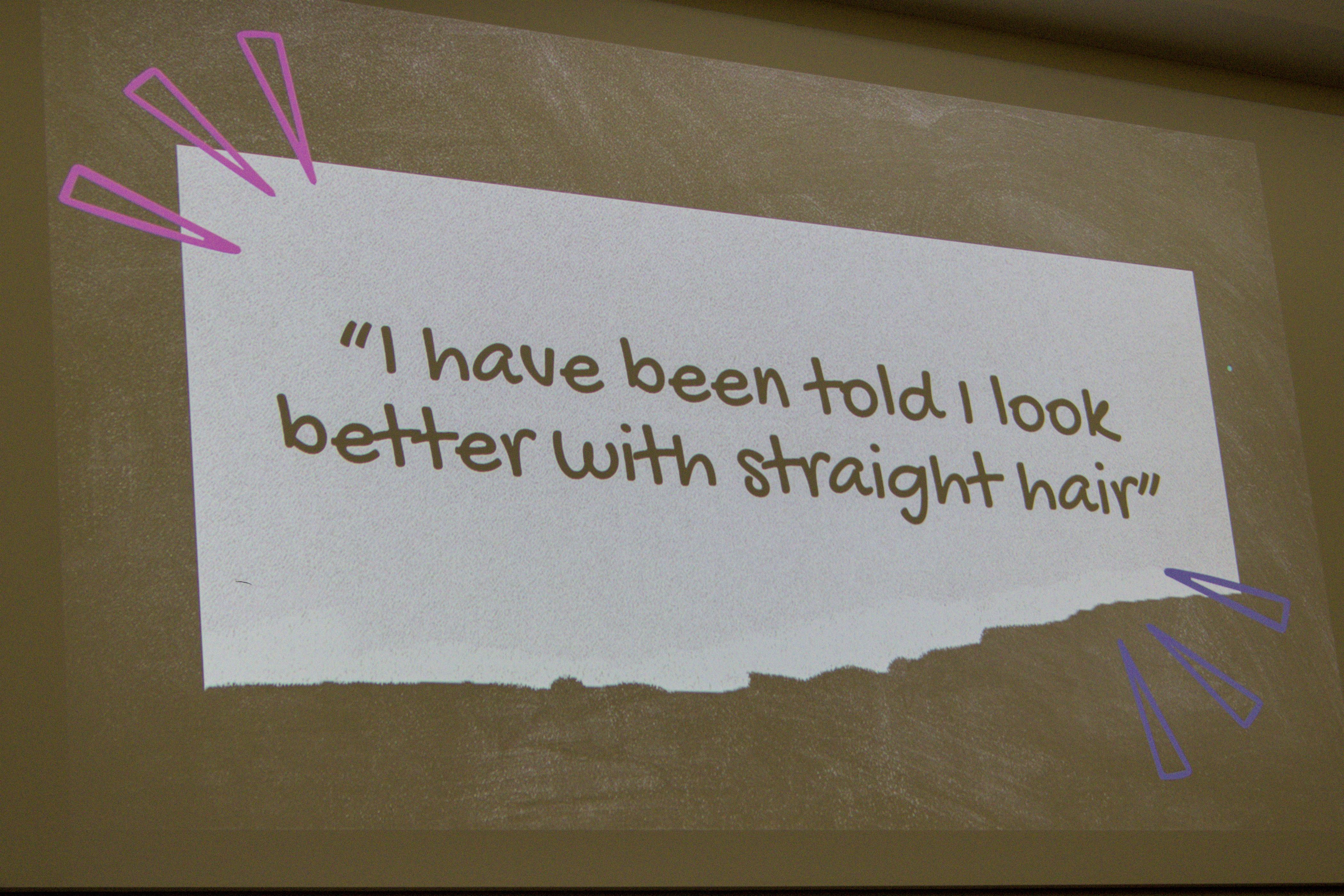
Another prompt brought up the role hair plays in Latinx identity. Allen Macaraeg | The Montclarion Photo credit: Allen Macaraeg
Alexa Abreu, a senior psychology major with a visual arts minor, explained that as a child she did not think her homemade food was out of the ordinary. But when it garnered negative attention during school, she began to distance herself from it in order to fit in. This started a discussion surrounding conformity and the levels that some underwent in order to be considered enough in the eyes of Americans.
“One of the ones that was big on me was being made fun of for eating my own food from home,” Abreu said. “Like that happened when I was in elementary school, it wasn’t even anything crazy, I literally just brought an empanada and got the dirtiest looks. I never brought that type of food ever again. I only brought peanut butter and jelly to school after that.”
Sofia Perez, a junior family science and human development major, explained the difficulty of standardized testing as a Latina woman. Prior to the exam portion of most standardized testing like the SAT, one must check off a box for the race they most heavily identify with. In terms of race, the categories are as follows: White, Asian, Black or African American, American Indian or Alaska Native, Native Hawaiian or Other Pacific Islander. It also includes a question for ethnicity where there is an option for Hispanic or Latino.
Perez shared that when she was younger, it was difficult to figure out which box to check off and that even her teachers did not know.
“I think we’re supposed to put, because we’re both Taino, we’re supposed to put the Native peoples just because we are native peoples, but like I don’t know, Perez said.
Jose Acevedo, a freshman majoring in business administration, discussed how his family often suggests wearing his hair a certain way in order to look more pleasing. However, this contradicts his desire to embrace his natural hair and his identity.
“Hair is — is our identity to it, it’s what makes us us,” Acevedo said. “My example is that like, right now I have curly hair. My hair type is weird, but like when it’s longer and when it’s washed I have this big curly fro, and my family, they say ‘Oh, pick it up’ or like ‘Straighten it’ or ‘Put it in a bun cause it looks nicer’, but it’s just no I wanna embrace my natural hair cause it’s just a part of who I am.”
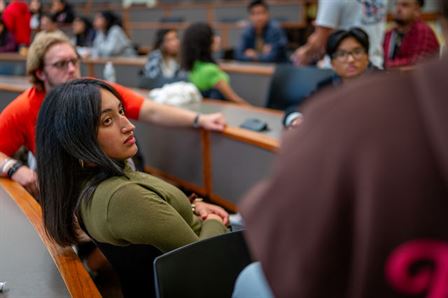
Karsten Englander | The Montclarion
LASO dissects and talks about important topics such as these during their general body meetings on Wednesdays at 3:30 p.m. – 5:00 p.m. in University Hall room 1030. To learn more about the organization and its events, follow them on Instagram at @laso1970.

